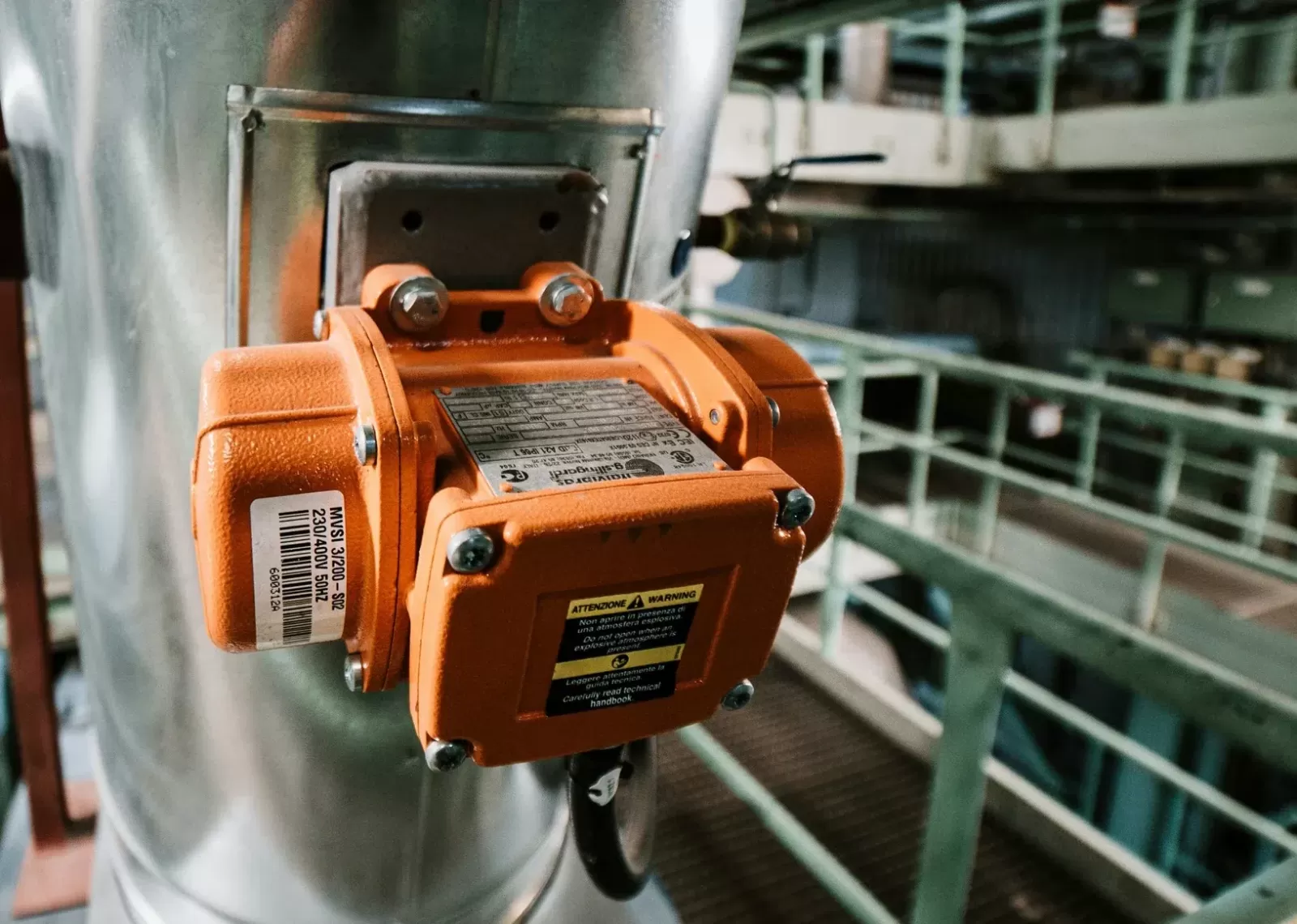Notifications

6 minutes, 29 seconds
-25 Views 0 Comments 0 Likes 0 Reviews

We are a leading control valve manufacturer in China, providing high-quality valves and control actuators designed to meet a wide range of industrial requirements.
In today’s automated industrial landscape, precise flow control is more vital than ever. From managing oil pipelines to regulating HVAC air flow or ensuring cleanliness in food processing, automated valve systems play a critical role. Among the leading technologies in this space are quarter-turn electric actuators—compact, efficient, and increasingly indispensable across industries.
But what exactly are quarter-turn electric actuators? How do they function, and why are they being widely adopted?
This article breaks down their operation, advantages, industry applications, and how to choose and maintain them—plus how they compare to multi-turn actuators.
A quarter-turn electric actuator is an electromechanical device that rotates a valve 90 degrees (a "quarter turn") to open, close, or modulate flow. These actuators convert electrical energy into mechanical torque and are ideal for valves like:
Ball valves
Butterfly valves
Plug valves
Dump valves
Choke valves
They are also widely used in HVAC systems to automate dampers and optimize air control.
By eliminating the need for pneumatic or hydraulic power, electric actuators simplify system design, reduce maintenance costs, and improve energy efficiency.
A typical quarter-turn actuator includes:
Electric Motor – Powers the rotation using AC or DC input
Gear Train – Increases torque and reduces speed
Limit Switches/Position Sensors – Monitor and report valve position
Manual Override – Enables manual control during outages
Sealed Housing – Protects internal components (often IP-rated or explosion-proof)
When activated, the motor drives the gear system to rotate the output shaft 90 degrees. This movement directly actuates the valve stem, allowing precise control from fully closed to fully open—or anywhere in between.
Here are the top advantages:
Ideal for tight spaces or retrofitting older systems.
Consumes power only during movement—great for reducing energy bills.
Perfect for modulating control, thanks to built-in sensors and feedback loops.
Easily connects to SCADA or building automation systems for remote monitoring.
No compressors or fluid lines required—just periodic inspections and lubrication.
Regulates chemical dosing, filtration, and flow in treatment plants.
Used in tank isolation, pipeline flow control, and safety systems—especially in hazardous or outdoor environments.
Automates dampers and valves for air handling and climate control.
Operates sanitary valves for fluid mixing, transfer, and CIP (clean-in-place) systems.
Controls steam, coolant, and emissions in both traditional and renewable energy plants.
Match or exceed your valve’s max torque (by ~20%) to ensure reliable operation.
Common supply options: 24VDC, 110VAC, 220VAC—check what’s available on-site.
For frequent use or throttling applications, choose a high-duty model to avoid overheating.
IP67/IP68 – For water/dust protection
Explosion-Proof – For hazardous locations
On/Off – Simple open/close
Modulating – Continuous positioning
Failsafe – Returns to safe position during power loss
Even low-maintenance devices need occasional care:
Check Electrical Connections – Secure and inspect wiring regularly
Lubricate Gears – As per manufacturer guidelines
Clean Housing – Prevent dust buildup, especially around vents
Test Manual Override – Ensure it functions during power failure
Recalibrate Periodically – Maintain accurate feedback signals
| Feature | Quarter-Turn | Multi-Turn |
|---|---|---|
| Motion Type | 90° rotation | Multiple full rotations |
| Common Valve Types | Ball, Butterfly, Plug | Gate, Globe, Knife Gate |
| Speed | Faster | Slower (due to full rotation cycles) |
| Applications | Flow control, throttling | Isolation valves, rising stem valves |
| Design | Simple, compact | More complex mechanisms |
| Cost | Typically lower | Typically higher |
Modern quarter-turn actuators are smarter than ever—featuring Bluetooth, IIoT integration, cloud diagnostics, and self-monitoring capabilities. They're helping facilities shift from reactive to predictive maintenance and reducing downtime.
And as the industry leans into sustainability, electric actuators are becoming the standard, thanks to their clean energy profile and compatibility with renewable power sources.
Quarter-turn electric actuators are transforming valve automation across sectors. Their precision, compact size, and energy savings make them ideal for modern control systems. Whether you're designing a new plant or upgrading aging infrastructure, understanding and selecting the right actuator can boost efficiency, reliability, and future-readiness.
Invest smart—automate smarter.Know more about Google SEO Directory

